I have a better question. Why would you want to? Why would you want to retouch like me or anyone else for that matter? In the world of photography, the retouching for some photographers is the intricate part of their visual signature. It is the completion of the proverbial cake. Some people may say my retouch is garbage others may say my retouch is simply divine. It is all in who you ask. Being an artist, all I truly care about is what MY opinion is on MY images, I could care less about the next person.
These are the rules to making a “perfect” photograph. Like any cake, you have to have all the right components:
Lighting is the ingredient;
Shooting is the batter; and
Retouching is the icing.
So no matter what you do, if the ingredients of your cake isn’t in order, then the rest of the cake is seriously garbage.
A lot of photographers come up today with the uber-urgency of wanting to learn how to retouch without even understanding the rudiments of photography. They want their photographs perfect without realizing there is no such thing as a perfect photograph. They usually are trying to “jazz up” their images or fix mistakes that they’ve missed while shooting. While all that is well and good the best answer I can give you as to the above titled question is this: Retouching begins at the shoot. And all shoots begin with the lighting. It’s just that simple.
Jill Greenberg does it (http://www.jillgreenberg.com/), Joel Grimes does it (http://joelgrimes.com/Artist.asp?ArtistID=12191&Akey=P7FJP8B4), Sue Bryce does it (http://www.inbedwithsue.com/), Gavin O’Neill does it (http://www.gavinoneill.com/), George Favios does it (http://www.georgefavios.com/), Stephen Eastwood does it (http://www.stepheneastwood.com/), Maya Guez does it (http://www.mayaguezart.com/) and so do I. We don’t walk into the studio haphazardly and take random images just for shits and giggles (at least when it comes to the business, I should say) and wing it. We all follow the same set of rules when it comes to our work. Our images may be vastly different, that’s true, but the basic premise is the same.
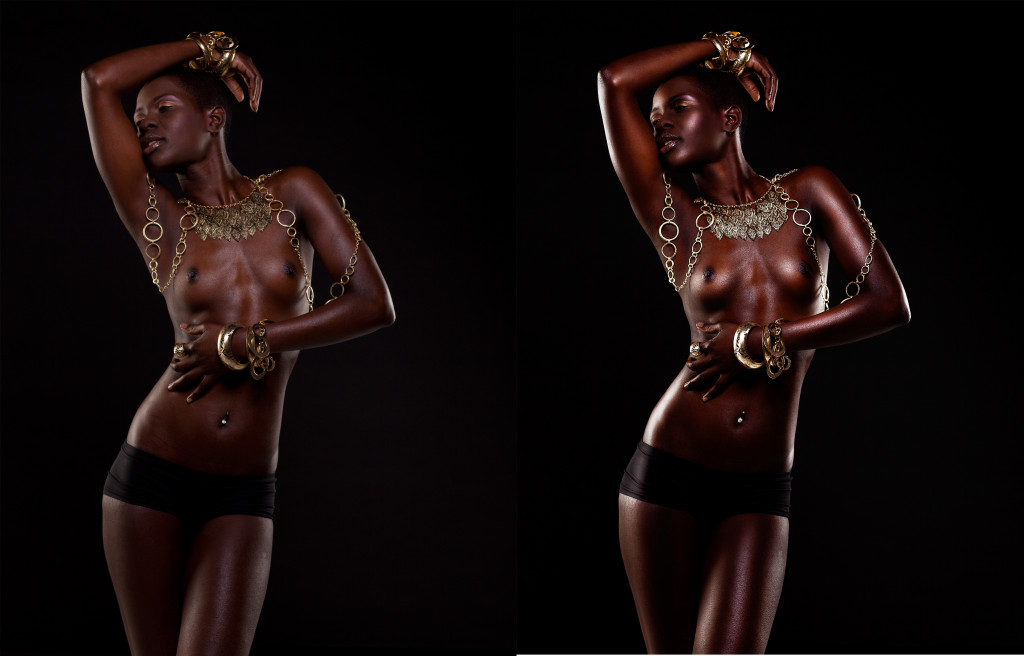 What a lot of photographers fail to realize is you will never get a photo like mine merely through the art of retouching. Just like you won’t get a photo like Joel’s or Sue’s. If that were the case, we could all just go shooting all willy nilly and then get the appropriate CreativeLive webinar, push a few buttons and BOOM, we have a photo just like theirs.
What a lot of photographers fail to realize is you will never get a photo like mine merely through the art of retouching. Just like you won’t get a photo like Joel’s or Sue’s. If that were the case, we could all just go shooting all willy nilly and then get the appropriate CreativeLive webinar, push a few buttons and BOOM, we have a photo just like theirs.
Retouching unto itself is a art in subtlety. It is layer upon layer of minute nuances that blossoms into the final image that you may be looking for. When I want shiny, “glossy” skin in beauty, I prep and light for it. When I want rippling muscles that appear in 3D, I prep and light for it. And once I know I got it right in camera, all I do is enhance in post. And guess what? The post is essentially the same for every single image I shoot (unless of course I am doing something off the beaten path). So if you go through my workflow (or any of the workflows of any of the amazing photographers I’ve mentioned in this post), we do the essentially the same exact thing to each image that we take. Ask anyone of them. That is why our styles are consistent all the way through. The subjects change, that is true and we adjust accordingly in order to achieve the end result, but we all use the same tools.
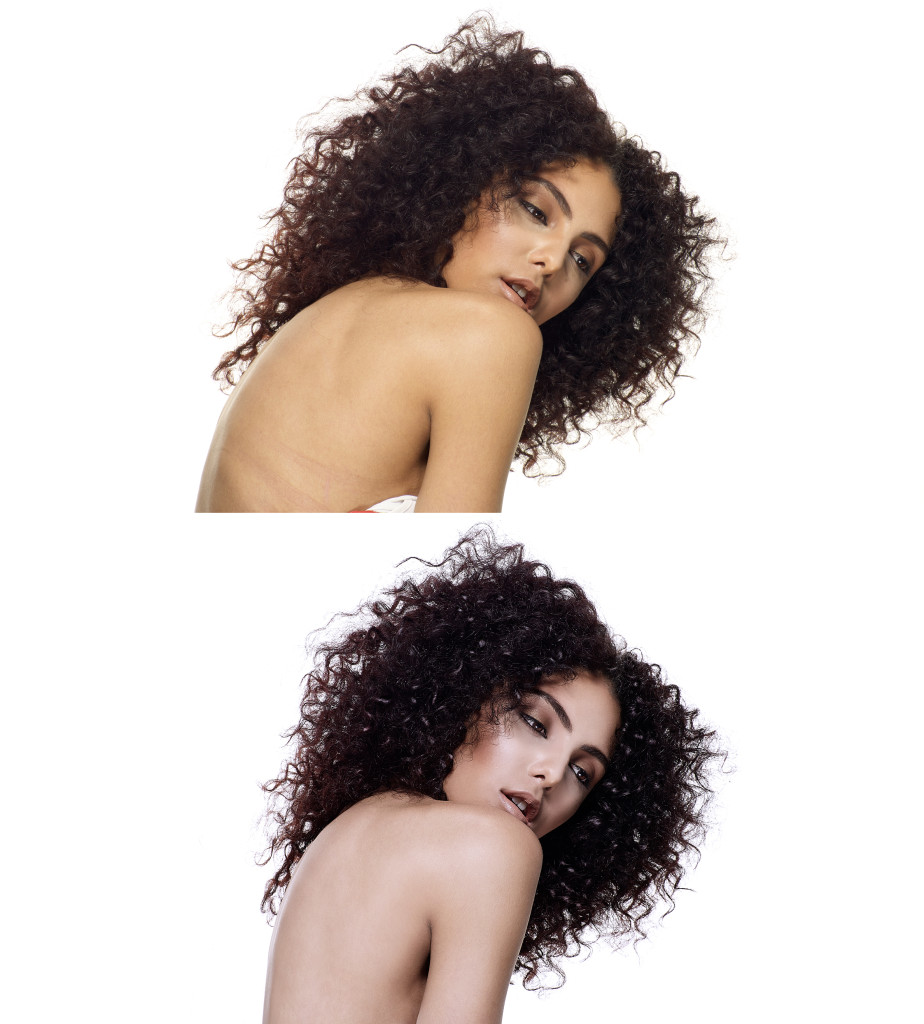 We all clone, level, heal, spot, lasso, dodge, burn, warp, liquefy, contrast, curve, sharpen, blur all in an amalgamation of layers upon layers until we achieve an image that we can be proud of. You should always be proud of the before image even before you take it into retouch. And while my tone may be flippant when someone asks “how did you get the skin like that?” I reply with “All I did was dodge and burn.” It’s true. There is nothing magical to what I do. I watched a lot of seminars and wondered what was the magic in creating a lot of these images that I used to drool over, be it Melissa Rodwell (http://www.melissarodwell.com/)or Dave Hill (http://www.davehillphoto.com/#/) and it was always the same thing. The workflow may be different, the finesse may be different, but at the end of the day, it always began at the studio and it always began at the lighting, because the tools themselves NEVER change.
We all clone, level, heal, spot, lasso, dodge, burn, warp, liquefy, contrast, curve, sharpen, blur all in an amalgamation of layers upon layers until we achieve an image that we can be proud of. You should always be proud of the before image even before you take it into retouch. And while my tone may be flippant when someone asks “how did you get the skin like that?” I reply with “All I did was dodge and burn.” It’s true. There is nothing magical to what I do. I watched a lot of seminars and wondered what was the magic in creating a lot of these images that I used to drool over, be it Melissa Rodwell (http://www.melissarodwell.com/)or Dave Hill (http://www.davehillphoto.com/#/) and it was always the same thing. The workflow may be different, the finesse may be different, but at the end of the day, it always began at the studio and it always began at the lighting, because the tools themselves NEVER change.

Once you understand how a particular Photoshop tool is used, it is up to you to apply to your workflow as you see fit, because in the end we all use the same tools for the same functions, the magic is how you have that tool work for you.
So before you begin hacking your photos in Photoshop thinking that you are making it better, go back to the shoot and figure out what you want there. It will save you a lot of time.


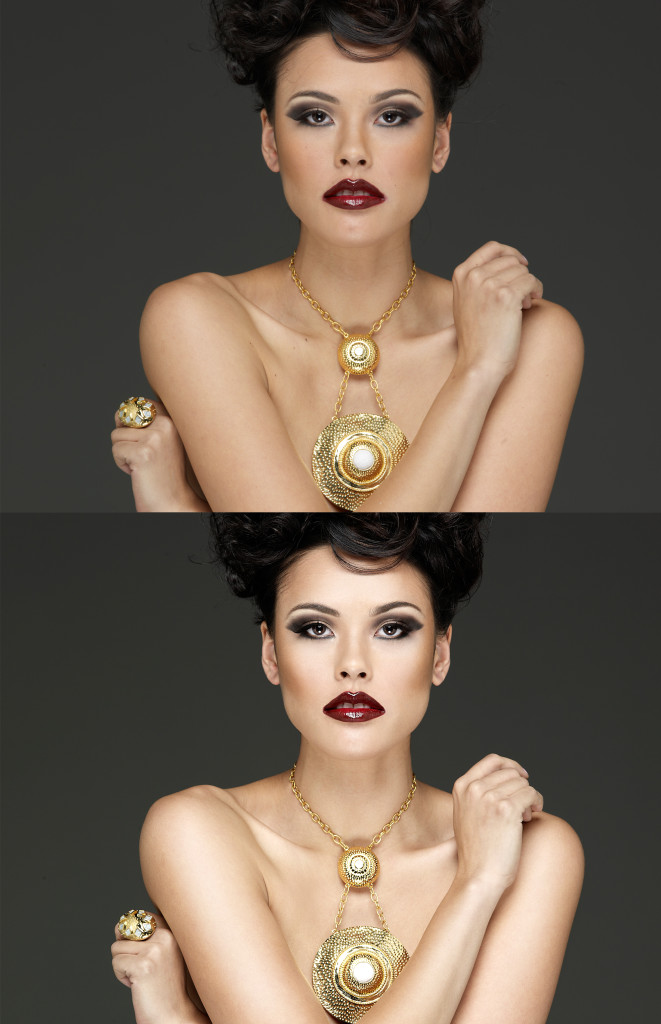
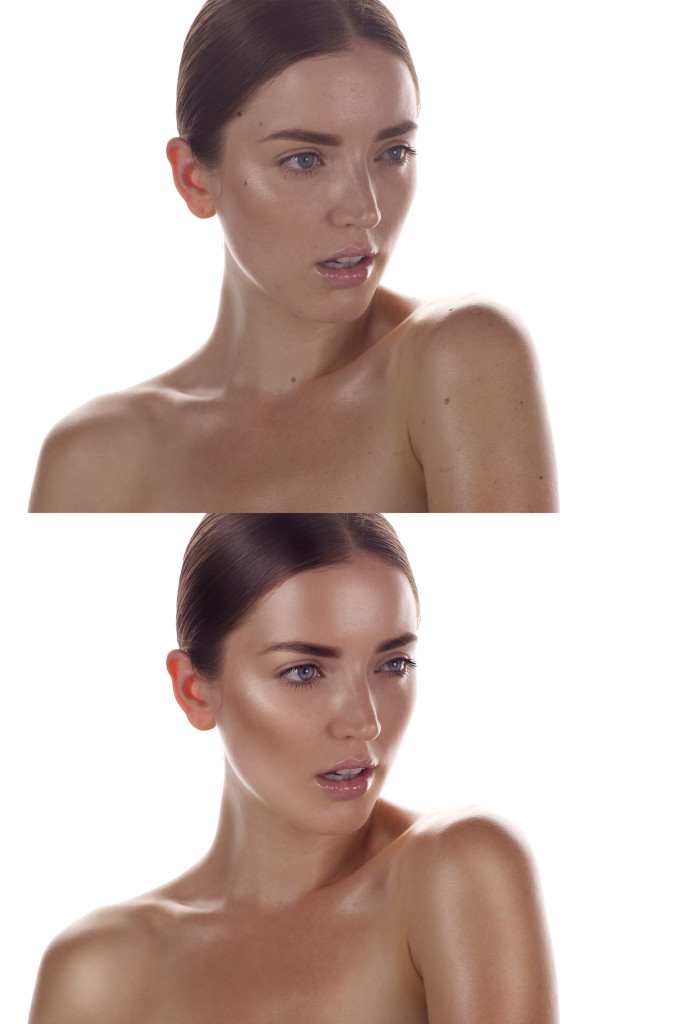



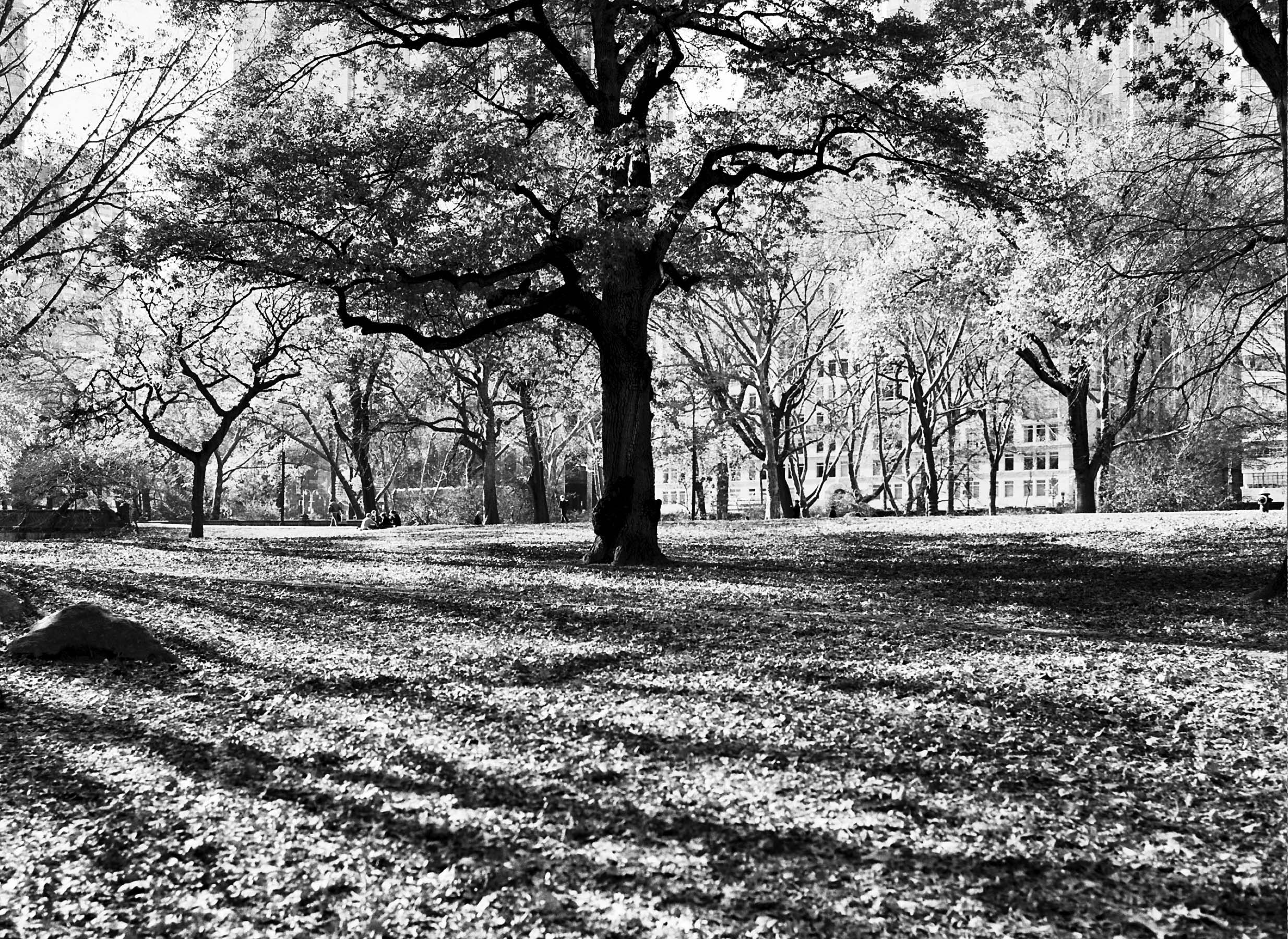

Leave A Comment
You must be logged in to post a comment.